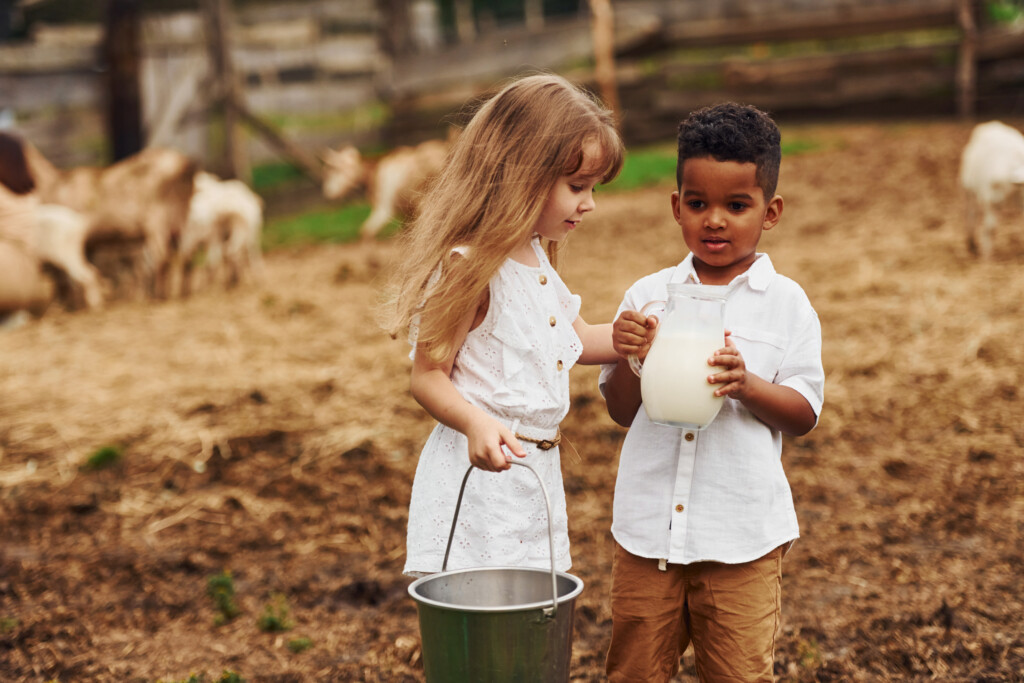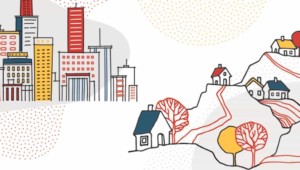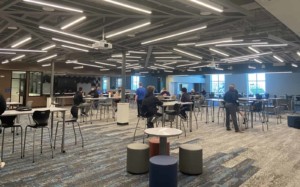Where Seldom is Heard a Discouraging Word: Farm-based Microschools
Key Points
-
The farm environment teaches children about biology, ecology, and agriculture through direct interaction with plants and animals.
-
Farms provide a rich canvas for educational exploration, offering hands-on experiences that cannot be replicated in traditional classroom settings.

Fundamentally, a microschool can be located anywhere. These nimble schooling models, while at the forefront of current education innovation, are a return to education at its most elemental. Microschools are a modern iteration of the age-old one-room schoolhouse concept, where small groups of students engage in often personalized and experience-based learning experiences. These schools often cater to mixed-age groups, allowing for flexible curriculum adaptations based on individual student needs, interests, and learning paces. The intimate setting fosters close relationships between students and teachers, creating a supportive and collaborative learning environment.
On top of that, the location can have an outsized effect on connecting learners to place and rich learning opportunities. Farms provide a rich canvas for educational exploration, offering hands-on experiences that cannot be replicated in traditional classroom settings. The farm environment teaches children about biology, ecology, and agriculture through direct interaction with plants and animals. Moreover, it imbues in them a profound respect for nature, an understanding of the food cycle, and the importance of sustainable living practices. These schools can be leveraged, especially effectively in rural communities, to provide accessible options for families.
I’m reminded of Lessons from a Calf, a great documentary where elementary-age students in Japan take care of a cow at a nearby farm and through the process learn valuable skills and lessons in economics and math, caretaking, and life.
The Integration of Curriculum
Like Lessons from a Calf, at the heart of the microschool on a farm concept is the seamless integration of traditional academic subjects with farm-based activities. Mathematics can be taught through the measurement of planting beds, calculating the growth rates of crops, or managing the farm’s budget. Science comes alive in the study of plant and animal life cycles, weather patterns, and ecological balance. History and geography lessons can revolve around the origins of farming, the significance of agriculture in civilization development, and the study of landforms and climates in farm management.
Some farm schools are fortunate to have a farm or agriculture-based asset within the district, while not necessarily being a farm-based school. A great example of this is the Dairy Sheep Project in Weston School District where students learn to care for the sheep and lambs, milking the ewes to use in the sheep milk soap and gelato they sell.
While visiting the STEAD School in Colorado, not a microschool but located on a former farm, I learned that through four agricultural pathways (animal, plant, environmental, food science) they are able to map students to over 3,000 career possibilities. These combinations of community assets (farms) and tailored instruction are capable of meaningfully setting students up for success in what’s next.
Examples in the Wild
In Northeast Ohio, Kelly Clark runs a democratic, farm-based microschool called More Than a Farm. Her multifaceted experience includes years as a STEM teacher at the innovative Hawken School (alma mater for me and my kids), where she worked closely with education luminaries like Scott Looney (of MTC fame); permaculture design and implementation; and leading the nascent local Transition movement.
Also in Northeast Ohio, Hershey Montessori School is an AMI accredited Montessori school with the first farm-based adolescent community. Students from birth through high school learn on two campuses: up to sixth year in a traditional suburban Montessori environment and seventh through twelfth on a working farm. The adolescent boarding option attracts international students and educators from around the world to visit, observe, and attend a unique summer residential certification program for adolescent Montessori practice.
Farm School KC offers a “unique Montessori education for middle and high school students in Kansas City, focusing on the development of self-awareness, community contribution, leadership, empathy, and critical thinking skills. The curriculum includes real-world learning on a 10-acre farm, providing an educational experience that combines academic rigor with practical, hands-on agricultural and environmental studies. Located on the campus of Clay-Platte Montessori School, it provides a serene, natural setting conducive to learning and personal growth.”
Koshkonong Trails School is a “project-based, tuition-free, public charter school within the School District of Cambridge serving 7th – 12th grade students. Located on a working farm in Cambridge, Wisconsin the program orients around place-based projects designed by students to impact the local and regional community. With experiential education at the core, students focus on conservation, stewardship, and agriculture as well as traditional subjects as they work to support the farm.”
Wild Flower Community School a microschool in Wichita, Kansas is a public-private partnership with Kansas public schools, allowing students to attend tuition free. This doesn’t cover all microschool costs, however, as they also rely on charitable donations and are a part of the national Prenda microschool network. This school currently serves 35 students, most with specialized learning needs. Thus far, the demand for the environment and personalized components has outpaced the supply.
Co-locating and partnering with a farm can be a great way to build a more sustainable school and concept. In South Florida, Colossal Academy, a microschool, is integrating agriculture into its curriculum to nurture future leaders, entrepreneurs, and farmers. The school enrolls 20 students between the ages of 10-14, who dedicate three days each week to farm-based learning. This hands-on experience takes place in a yurt, where they acquire skills in farming, cooking, and technology, alongside their fundamental academic education. The remaining two days are reserved for online learning. Starting from the 2022-23 academic year, the academy will introduce a five-day in-person learning option.
In Conclusion
The journey through the concept of microschools situated on farms illuminates a promising horizon for education, where learning transcends the confines of traditional classrooms and becomes a dynamic, immersive experience. This model showcases how integrating agriculture into education not only enhances academic learning but also cultivates a generation of learners who are environmentally conscious and equipped with practical skills for sustainable living. As we reflect on the transformative potential of such educational settings, it becomes evident that the fusion of microschools and farm-based learning could redefine the educational landscape, making it more relevant, engaging, and meaningful for students in an ever-evolving world.







0 Comments
Leave a Comment
Your email address will not be published. All fields are required.